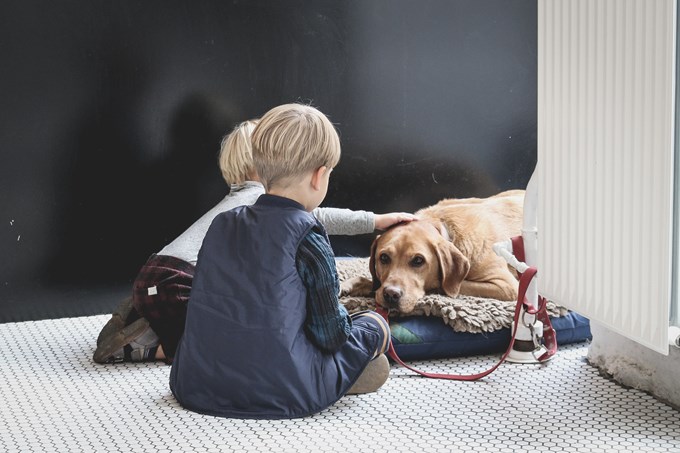The silly season is nearly here and with that comes Christmas parties and social summer outings.
While most dogs love attention, sometimes it can get too much for them – especially when there are children around.
Auckland Council Animal Management Manager Sarah Anderson says dog owners need to keep a watchful eye on their pets at social functions.
“While your dog may be friendly and good with people and children most of the time, sometimes it can get too much for them,” she said.
Sarah said teaching young people how to interact safely with dogs will go a long way to reducing the risk of an attack.
“Speak to children who may be new to your dog about how they should interact with it, and don’t leave children unattended with a dog,” she said.
Sarah said adults and children should always ask the owner’s permission before patting a dog.
“If permission is given, pat or stroke only the dog’s chin, chest or shoulders.
“Remember to be gentle. Dogs don’t really like being patted on their heads by strangers as they might think you are trying to hurt them.
“Protect your dog in order to protect your children.”
To find out more about your obligations as a dog owner visit aucklandcouncil.govt.nz
Here are a few dog safety tips:
Never leave a child alone with a dog, even if it is one you know
Around a third of all dog attacks in New Zealand are on children under 12 years of age. Over 70 per cent of bites come from a dog your child may know and love, so always supervise the interaction between dogs and children.
Many dogs appear to tolerate children handling them because they are trying to be well-behaved.
It is up to the dog owner and the parent to recognise and intervene when a dog might not want to play, even if the dog is good-natured enough to allow it.
Never approach a dog without permission
- This applies to adults as well as children. A dog tied up outside a shop, or watching you over your neighbour’s fence, may not be as friendly as they look
- Dogs feel especially vulnerable when tied up. Unless you know the dog and can read the dog, it is safer not to approach it
- Most dogs don’t want to bite but do so because they tried to protect themselves in other ways
Know how to react if a dog approaches you
- Stand still and allow the dog to dog sniff you. Move slowly and speak softly as quick movements and loud voices can scare a dog
- Avoid looking directly at the dog, which it may perceive as threatening. Never run away, the dog’s instinct is to chase, even if it is friendly
- Use firm and simple commands in a calm voice such as “no”, “stay” or “down”
Know how to read a dog’s behaviour and body language
- The best protection for you and your children is to understand when a dog might be a risk
- Being able to read body language gives you a better idea of what the dog is thinking, so you can act appropriately
- Often, after someone gets bitten by a dog, they say that the dog gave no warning
- In most circumstances, the dog tried very hard to ask the person to leave them alone, such as eye rolling, yawning, lip-licking, or simply turning away
- Unfortunately, because most people are unaware of these signs, the dog feels it has no other choice but to bite.


